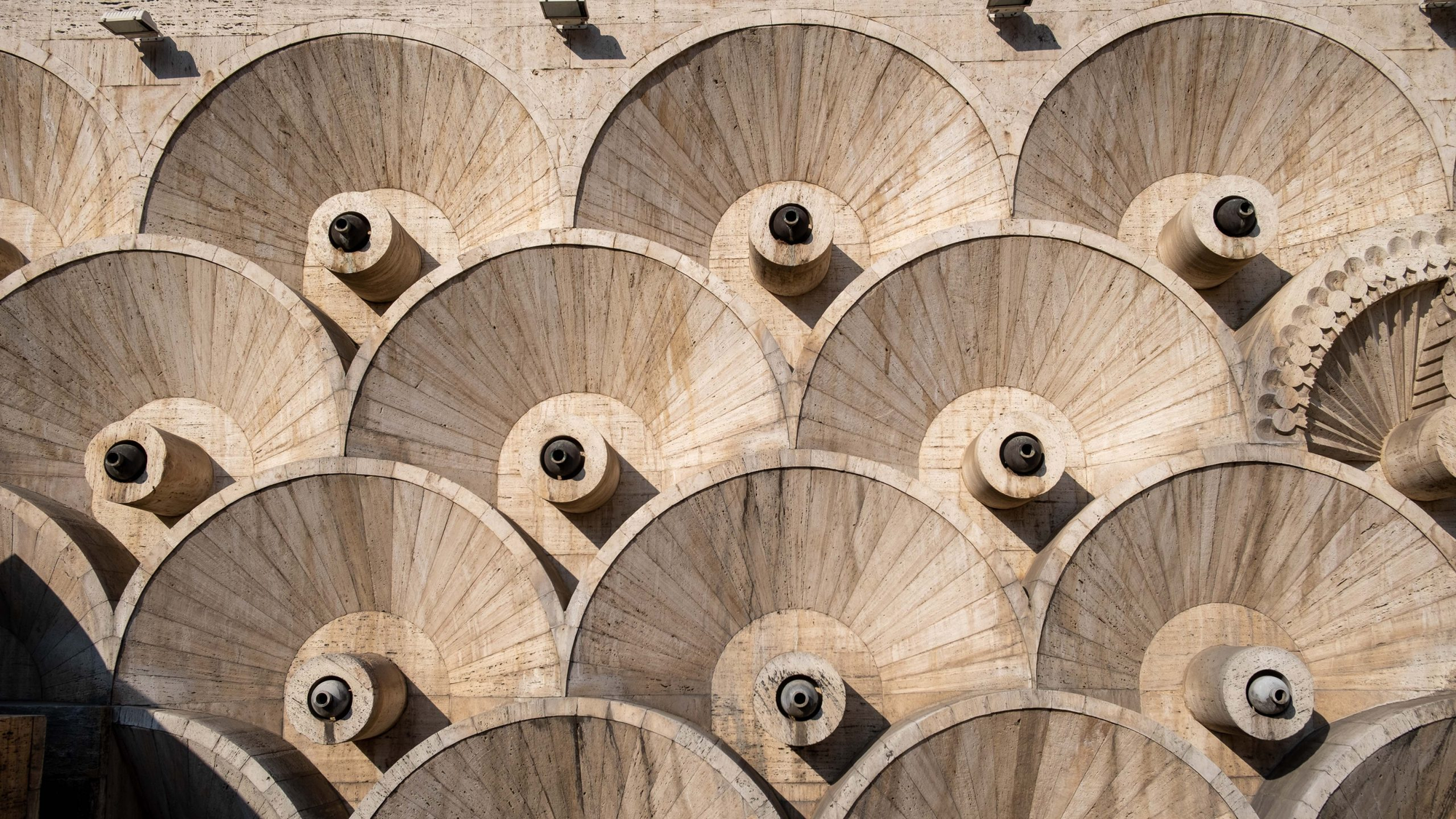In today’s article, we will look at some of the Brutalist heritage of Armenia, and more specifically that of Yerevan. Come, join us!
It may sound trite to note that Brutalism has enjoyed a renaissance in recent decades. This controversial architectural style has become attractive to younger generations for a variety of reasons. Its noble simplicity, combined with its brutal honesty proclaims something that we may have already believed to be lost.
Despite its popularity, people harbor a great deal of misunderstanding and misconceptions about this architectural style. The primary source of confusion is that many people mistake it for other architectural concepts, such as socialist realism, even though Brutalism originated in England, where it has emerged in the 1950s. However, miscrediting it to the Soviet era is of no surprise, considering that the latter is widely know for its emblematic accessories, the huge concrete panels, that became widespread throughout the Eastern Bloc.
Soviet Brutalism is, however, not only boundless but also infinitely diverse. Boundless because it has left its mark in unexpected places, such as Armenia or Georgia, that most of us might not even think of; and diverse because it is much more than just a pile of concrete blocks when it comes to these countries.
Looking at the following examples, we can see in almost all of them something of the heritage of the specific nation—in this case, the Armenians—indicating that these features have not been completely dissolved in the Soviet Union. Let’s take a look at them!
National University of Architecture and Construction
Armen Aghalyan, 1975
The university is an outstanding example of Armenian Brutalism. The rough concrete surfaces form a series of clover leaves framed by clay-like red stones. In addition to the Brutalist features, the building also bears motifs from folk art.



Republic Square Metro Station
Jim Torosyan & Mkrtich Minasyan, 1981
The most striking feature of the metro station is the fountain in the center, forming an immense flower. The square used to be called Lenin Square which was then changed to Republic Square following the regime change.
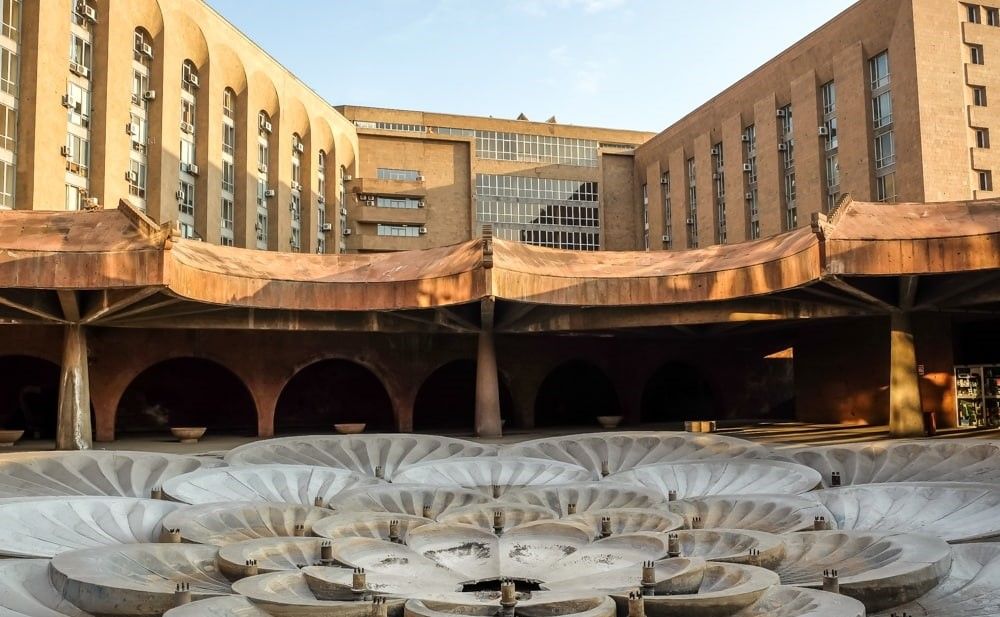
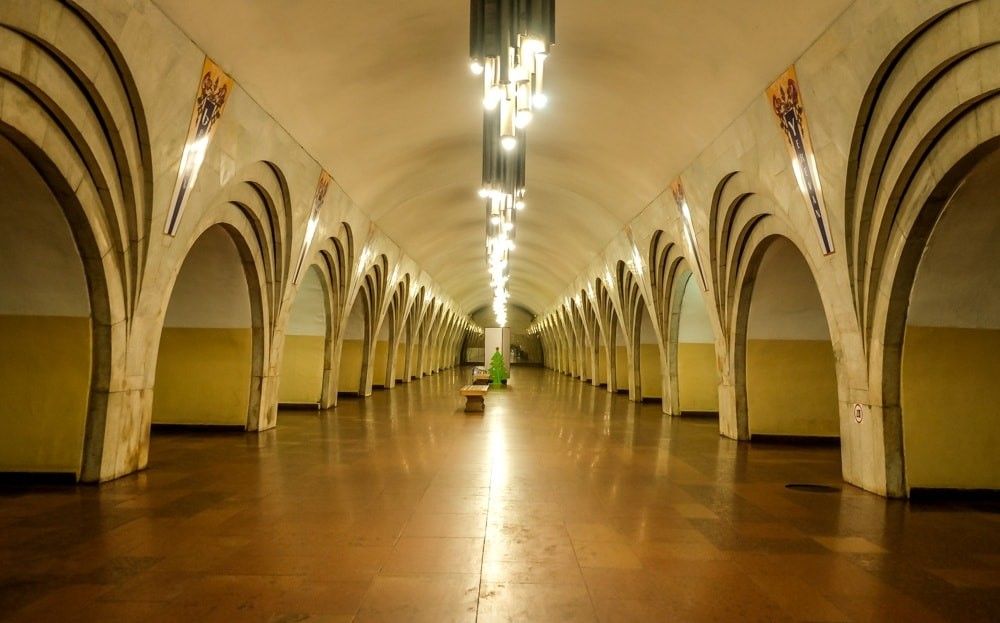

Cascade Complex
Jim Torosyan, 1971
This justly celebrated building complex is now home to the Cafesjian Center for the Arts. Here, too, a strong mix of Soviet Brutalist features and Armenian folk symbols is present, as the project was intended to represent the meeting of the old and new architecture. It is no coincidence that the entire complex has grown from a single sculpture of Armenian architect Alexander Tamanian. It is also thanks to his work that Yerevan has become a major industrial and cultural center.



Institute of Communication
Armen Aghalyan & Grigori Grigoryan, 1976
Similar to our first example, this building is distinguished by the lattice-like reliefs that rise from the concrete cladding. In addition, the regular folkloric elements are also present: walking around the building, we can admire the carved scenes hidden at its base.



Yerevan apartment building, 2013
The last example shown here is an exception, built much later, in 2013. These Neo-Brutalist buildings are strongly reminiscent of the Moldovan building complex known as the Chișinău City Gates.

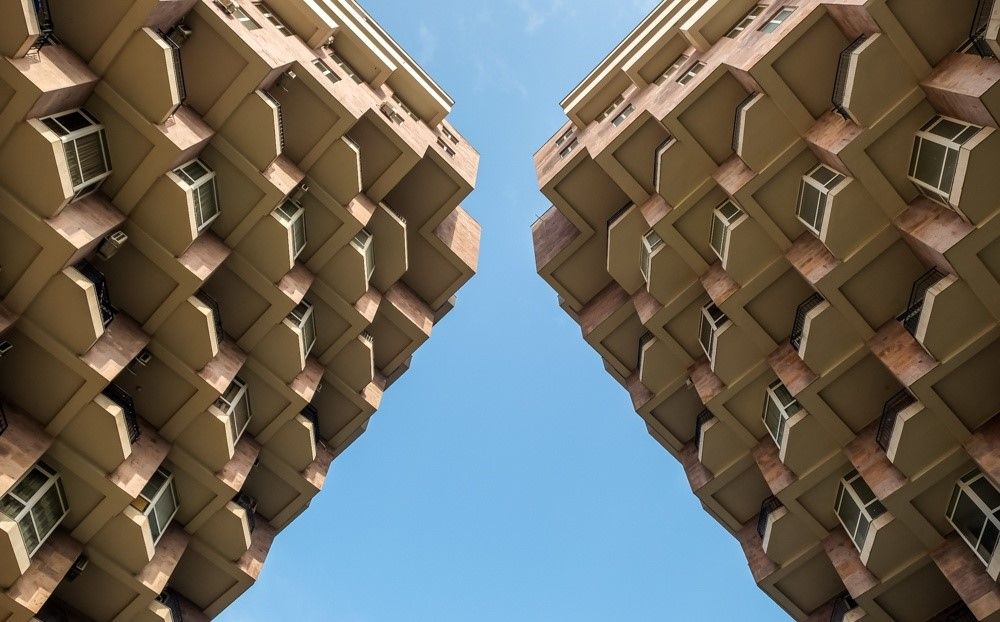

Sources: comradekiev, mywanderlust, visityerevan, wikipedia, wediditourway, pinterest, phoenixshin
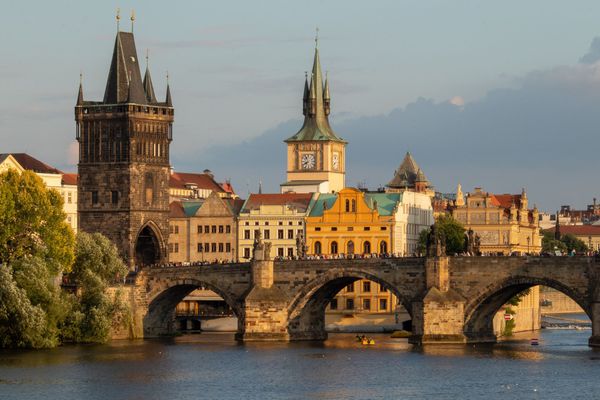
Prague City Tourism celebrates its 65th anniversary
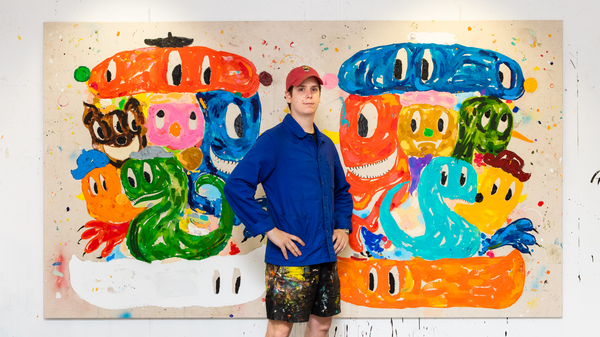
The guy who completely redefined the concept of contemporary art | Interview with Szabolcs Bozó










